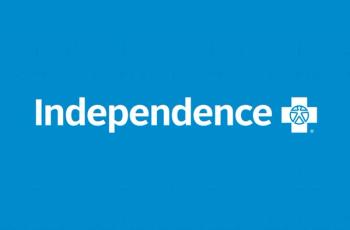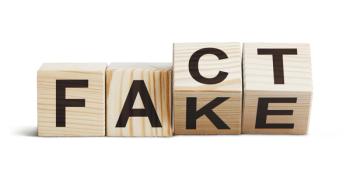
- Managed Healthcare Executive May 2019 Issue
- Volume 29
- Issue 5
How High Drug Prices Affect Patients
Drug costs are a hot political topic, but just how much do they disrupt healthcare?
Even before Trump’s oft-quoted sentiment that pharmaceutical manufacturers are “
Various measurements for total drug spending show a growing problem: CMS estimates that between 2012 and 2016, drug spending increased 26.8%, while a
Patients respond
But how are patients responding to these high prices? Evidence shows that while prescription abandonment due to cost is still relatively low, a not insignificant number of patients are either not initiating or are not filling current prescriptions-and many more are paying for their medications but struggling to do so.
The PEW study shows that manufacturer rebates also skyrocketed from 2012 to 2016 (from $39.7 billion to $89.5 billion) and that those rebates have played a role in at least partially offsetting those list prices. It also found that policies with capped out-of-pocket expenses, along with manufacturer cost-sharing policies, helped to shelter patients from rising costs.
Related article:
However, other reports show that patients are struggling under the weight of skyrocketing prices. One of the most recent larger-scale
The
The problem drugs
While it is challenging to find information on the most commonly abandoned medications,
Although the abandonment was not directly related to price, the study also found that the larger the copay, the more likely a prescription was to be abandoned: a 1.4% abandonment rate for co-pays of $10 or less, a 3.4% rate for copays between $30 and $40, and a 4.7% rate for copays over $50.
Anecdotally, insulin still seems to be one of the top drugs associated with abandonment due to cost. Over the 2012-2016 period, insulin
Related article:
That concern isn’t without merit either-
In response to public outcry, Eli Lilly announced that it will release a
Nicholas Hamm is an editor with Managed Healthcare Executive
Articles in this issue
over 6 years ago
Six Mid-Year Healthcare Trends to Watchover 6 years ago
5 Metrics that Will Define Healthcareover 6 years ago
Top 10 Up-And-Coming Industry Leaders in Healthcare 2019over 6 years ago
Three Emerging Leader Qualities That Guarantee Successover 6 years ago
6 Ways Health Execs Can Improve Medication Adherenceover 6 years ago
Featured Exec Andrea Walsh: CEO of HealthPartnersover 6 years ago
What You Need to Know About Cholesterol TreatmentsNewsletter
Get the latest industry news, event updates, and more from Managed healthcare Executive.






















































